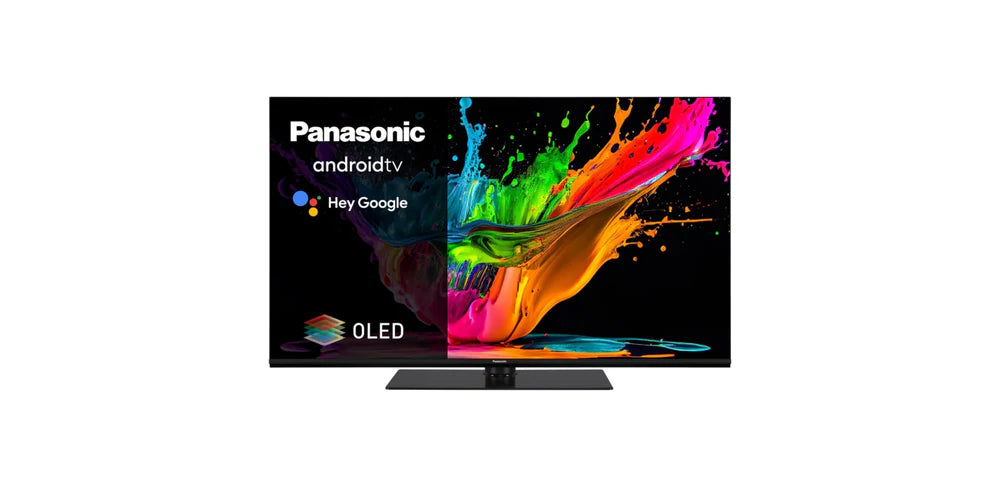
4K Resolution & 4K TVs: What You Need to Know
In today's fast-evolving digital landscape, 4K resolution & 4K TVs have become the gold standard for television clarity, offering viewers an immersive and incredibly detailed viewing experience. Whether you're a movie enthusiast, a hardcore gamer, or simply someone who enjoys crisp and vivid visuals, understanding 4K resolution and 4K TVs is essential for your viewing pleasure.
Understanding 4K Resolution
4K resolution, also known as Ultra High Definition (UHD), refers to a horizontal display resolution of approximately 4,000 pixels. In the realm of 4K TVs, 4K resolution boasts a stunning 3840 x 2160 pixels, which is exactly four times the pixel count of Full HD (1080p), providing significantly sharper and more detailed images - essentially 4 times the quality.
Did You Know?
The term 4K originated from the cinema industry, where it referred to a 4096 x 2160 resolution. The 4K standard for consumer TVs (3840 x 2160) was adapted for compatibility with existing HD displays.
The Benefits of 4K Resolution:
- Enhanced Detail and Clarity: With over 8 million pixels in total, 4K resolution offers unmatched detail and clarity, making it ideal for large screen sizes where the increased pixel count can be fully appreciated.
- Improved Colour Depth: Many 4K TVs support wider colour gamuts (range of colours) and higher colour bit depth, resulting in more vibrant and true-to-life colours.
- Better Depth Perception: 4K resolution improves depth perception, giving a more three-dimensional feel to images without the need for 3D glasses.

Choosing the Right 4K TV
When shopping for a 4K TV, it's important to consider more than just resolution. Here are some key factors to keep in mind when adopting your new 4K resolution display:
- Screen Size and Viewing Distance: Opt for a screen size that fits well with your room and viewing distance. The immersive effect of 4K is best experienced on larger screens viewed from the right distance.
- Panel Technology: OLED and QLED are two leading panel technologies in 4K TVs, each with its advantages. OLED offers superior contrast and black levels, while QLED is known for its brightness and vibrant colours.
- HDR Compatibility: High Dynamic Range (HDR) enhances the brightness, contrast, and colour of the picture. Ensure the TV supports HDR standards like HDR10, Dolby Vision, or HLG for a more dynamic viewing experience.
- Smart Features: Consider the smart platform and available apps, especially if you plan on streaming 4K content directly through your TV.
- Refresh Rate: Take note of the refresh rate of your 4K TV, as this can effect how smooth the visuals are when going from one frame to the next. If you're using it for films then 60Hz is optimal, but for Live Sports or Gaming, then 120Hz may be a better option - dependant on your budget.
Take a look at our 4K TVs:
Shop 4K TVs todayCommon 4K FAQs
Is there enough 4K content available?
Yes, 4K content availability has significantly increased. Streaming services like Netflix, Amazon Prime Video, and Disney+ offer a wide range of 4K content. Moreover, Ultra HD Blu-ray discs and gaming consoles like the PlayStation 5 and Xbox Series X also support 4K.
Do I need special cables for my 4K TV?
For the best experience, use HDMI 2.0 or higher cables, which are designed to handle the bandwidth required for 4K content at 60 frames per second. As a side note, try to get HDMI cables that are just the right length, as opposed to longer cables - some cables can be victim to signal interference.
Can I see the difference with 4K resolution?
The difference is more noticeable on larger screens and closer viewing distances. The increased resolution provides a clearer and more detailed picture, especially for content with fine textures and patterns.
Tips and Tricks for 4K
- Calibrate Your TV: Spend some time calibrating your 4K TV settings to suit your viewing environment. This includes adjusting brightness, contrast, colour, and motion settings.
- Use a Wired Internet Connection: For streaming 4K content, a wired internet connection can provide a more stable and faster connection than Wi-Fi.
- Consider Upgrading Your Sound System: Pair your 4K TV with a quality Hifi sound system or soundbar to match the exceptional visual quality with equally impressive audio.
Did You Know?
The first 4K TV was released by Toshiba in 2011, but it was Sony's release in 2012 that brought 4K TVs into the consumer market.
4K TVs represent a significant leap forward in television technology, offering viewers an unparalleled level of detail and immersion. By understanding the key aspects of 4K resolution and how to choose the right 4K TV, you can elevate your viewing experience to new heights. Remember, the future of home entertainment is not just about more pixels, but better pixels.


